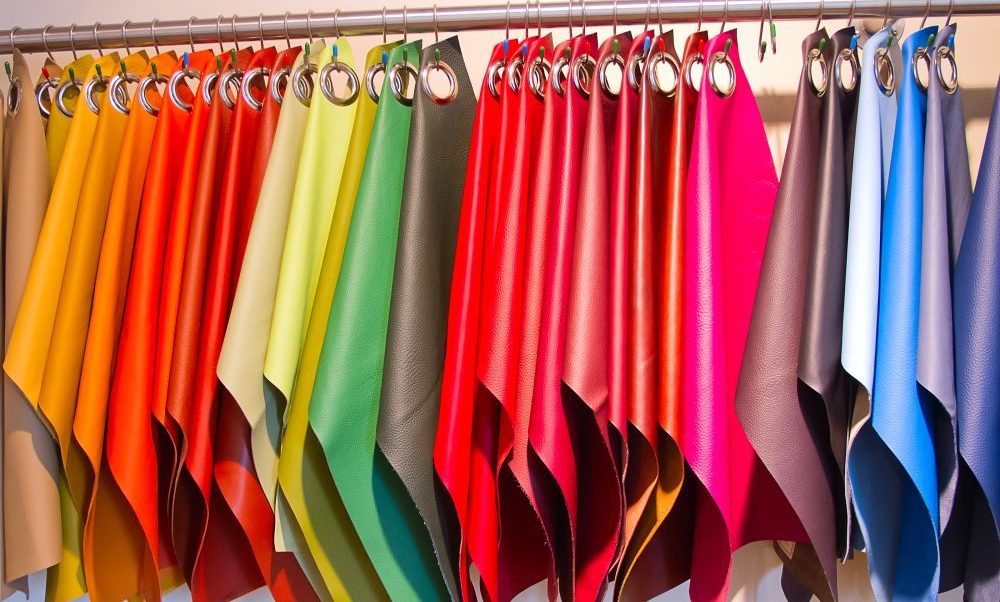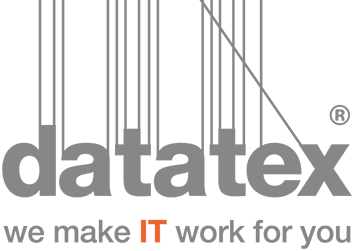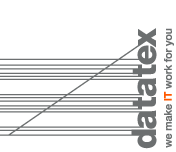
Bextex – Textile from Bangladesh
Interview with Syed Naved Hussain – CEO
BEXTEX LTD. – A textile Company founded in 1994, Bextex has its headquarters in Dhaka, Bangladesh. Has more than 30 thousand employees today, is a company listed in the scholarships of Dhaka and Chittagong and is part of the Beximco Group (Bangladesh Export Import Company Limited). Beximco Group is in Pharmaceuticals, Ceramics, Hospitality, Media, Banking & Energy. Beximco Group revenue is largest private sector company of Bangladesh $1.4 billion with 70000 Employees and 8 Industry verticals with strong brand recognition.
Bextex manufactures natural, synthetic and mixed fabrics, exporting them all over the world, and has a production builds vertically inside, able to cover all the stages of weaving, spinning, dyeing and finishing. What are the most popular fabrics today and which are the areas and Countries where you export the most?
Bextex manufactures natural, synthetic and mixed fabrics, exporting them all over the world, and has a production builds vertically inside, able to cover all the stages of weaving, spinning, dyeing and finishing. Most popular fabrics today are Lycra ,modal, tencil and Europe and USA Countries we export the most.
What are the strengths of Bextex? What are the characteristics that have allowed you to emerge internationally as one of the industry’s leading companies?
Bextex Strength is Vertical integration , innovation and Speed, Focus on quality , In house design skills and one stop shop for a diversified product. Long term parternship with Inditex group from last 23 years. We are catering to Fast fashion customers (ZARA, Bershka, Pull & bear, Stradivarious with 99% OTD.
From an economic point of view, what is the situation in Bangladesh today? What are the difficulties and problems and what are the positive aspects and opportunities for development? How important is the textile sector for the economy of the Country?
Bangladesh a vibrant economy with population 168 Million and 80 Million is below 40 year of age.Bangladesh export earning registered from apparel sector an 8.76% Growth and reaching $ 30.61billion in FY18.
- Currentlly 90 Million internet users, 4 G is in use and 5G under test.
- Minimum Wages are still very competitive from Vietnam, India and Indonesia.
- Last 10 years has seen amazing growth in Bangladesh at approx. 7% average GDP growth.
- Millions of people were removed from clutches of poverty in this last decade.
- Generosity was extended to shelter over millions of Rohingya people from Myanmar.
- Major steps taken in Disaster Management and Risk reduction.
- Current foreign reserve amount is USD 34 billions.
- Literacy rate is 73% (between age group of 15-24 literacy rate is 92.24% ).
- Power sector- power generation has been risen from 5000MW to 20,000MW in last decades.
- 2700 circuit km of transmission line and 174,000km of distribution line.
- 5 million households use solar renewable energy.
- 7 out of 10 green factories in world are located in Bangladesh.
- Bangladesh Apparel sector contribution in total export is 87% i.e. $31 Billion.
Being one of the region largest garment manufacturing organizations, can you tell us a little about your numbers? How many sewing lines and locations do you run? What business advantages do they see in finite planning their sewing lines?
We are having 300 Acre park for all production facilities right from spinning to garment Washing , embroidery and printing. We are having 10 different garment factories with more than 200 Sewing lines. We are already using MQM tool for scheduling our garment sewing lines. It is helping us to giving immediate deviation from plan. We produce Denim, Shirts, knits and Kids item. We have our own brand ”Yellow” which is having 15 outlets in Bangladesh.
What do you think of the trend and evolution of the textile market in recent years? How has the textile sector changed, globally, and how could it change in the coming years?
Current trend in Textile industry is Sustainable practices, Circularity , relooping whole textile supply chain, Recycling, using environment friendly & ZHDC chemicals , latest technologies in denim processing like Foam dyeing denim methods which is waterless processing, usage of ozone technology etc.

